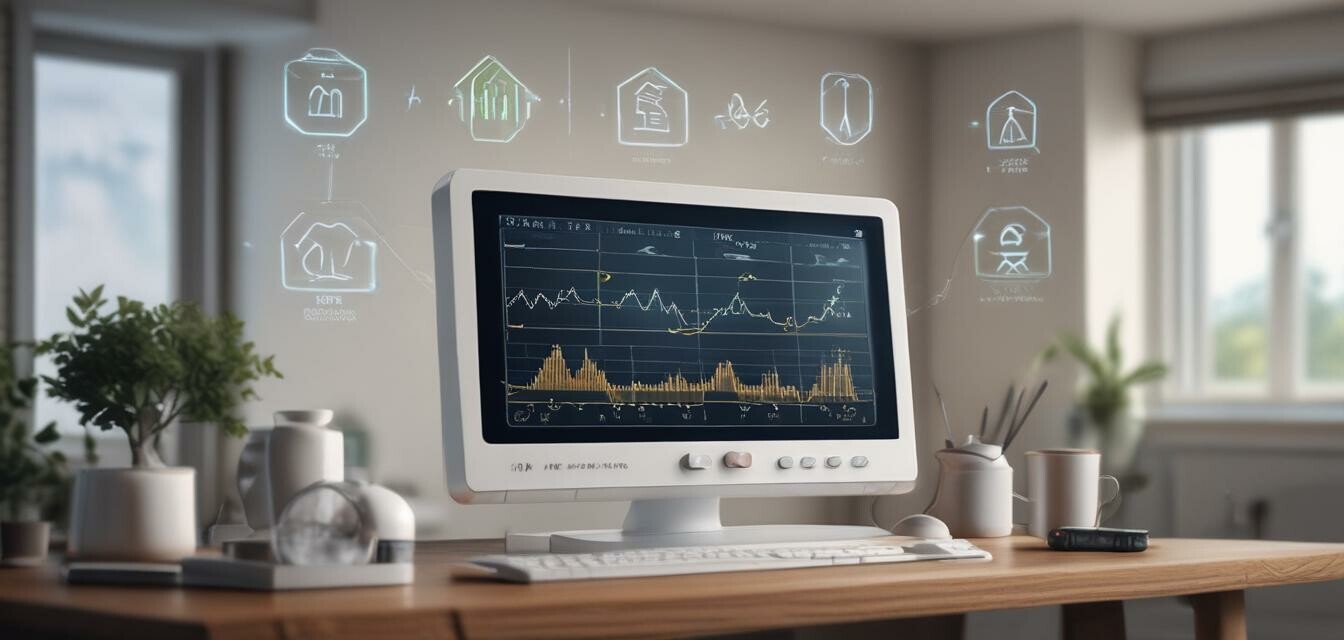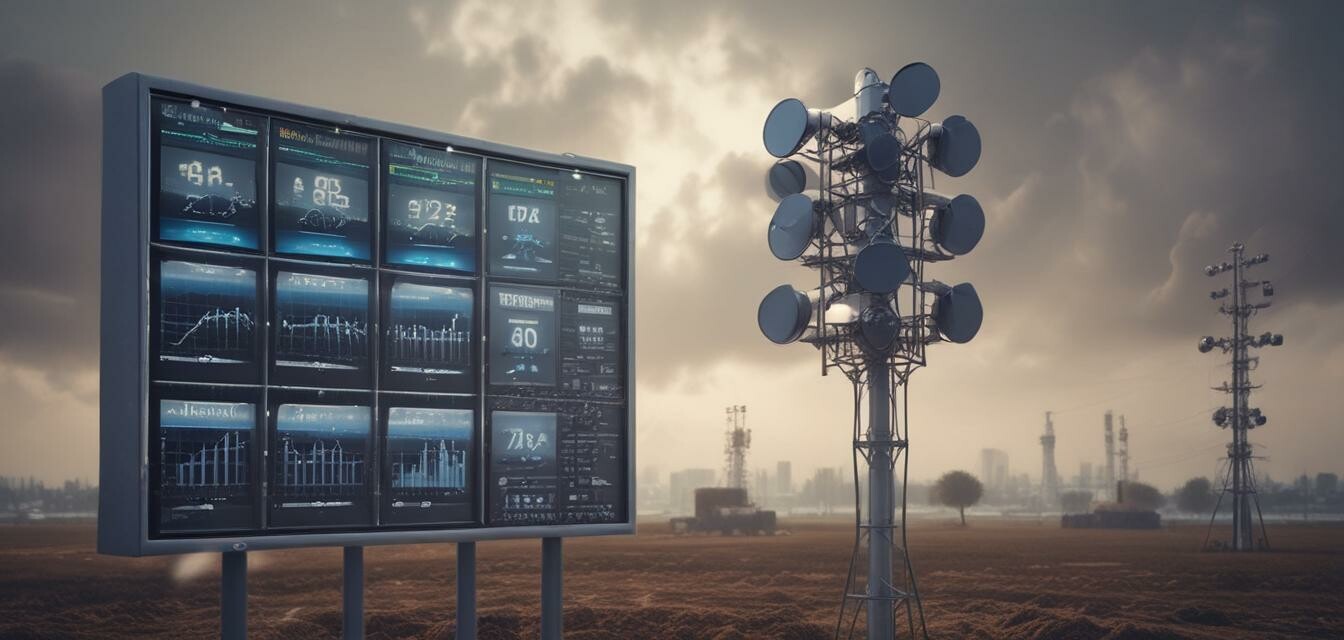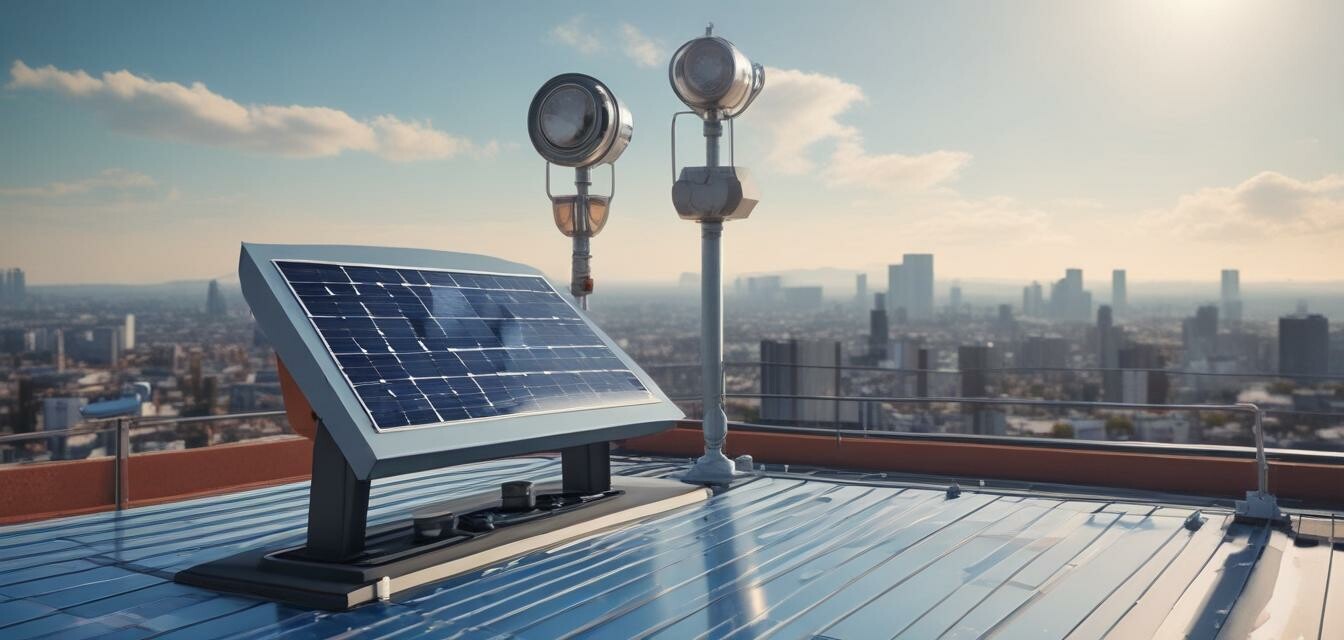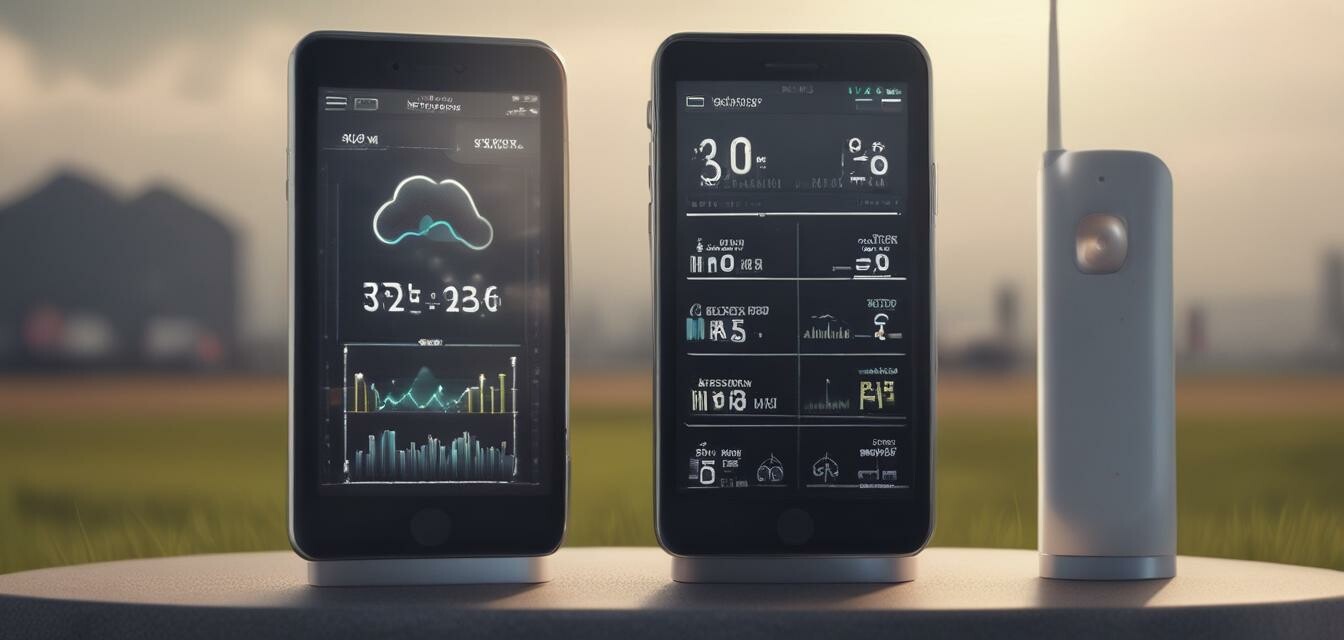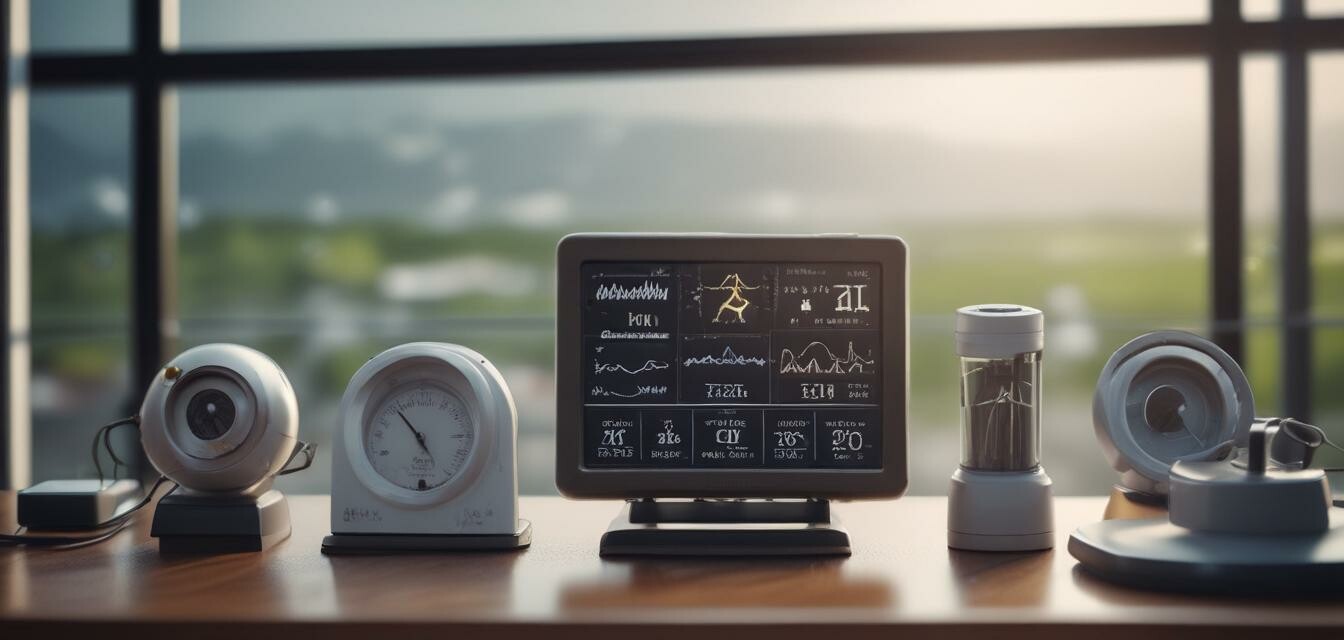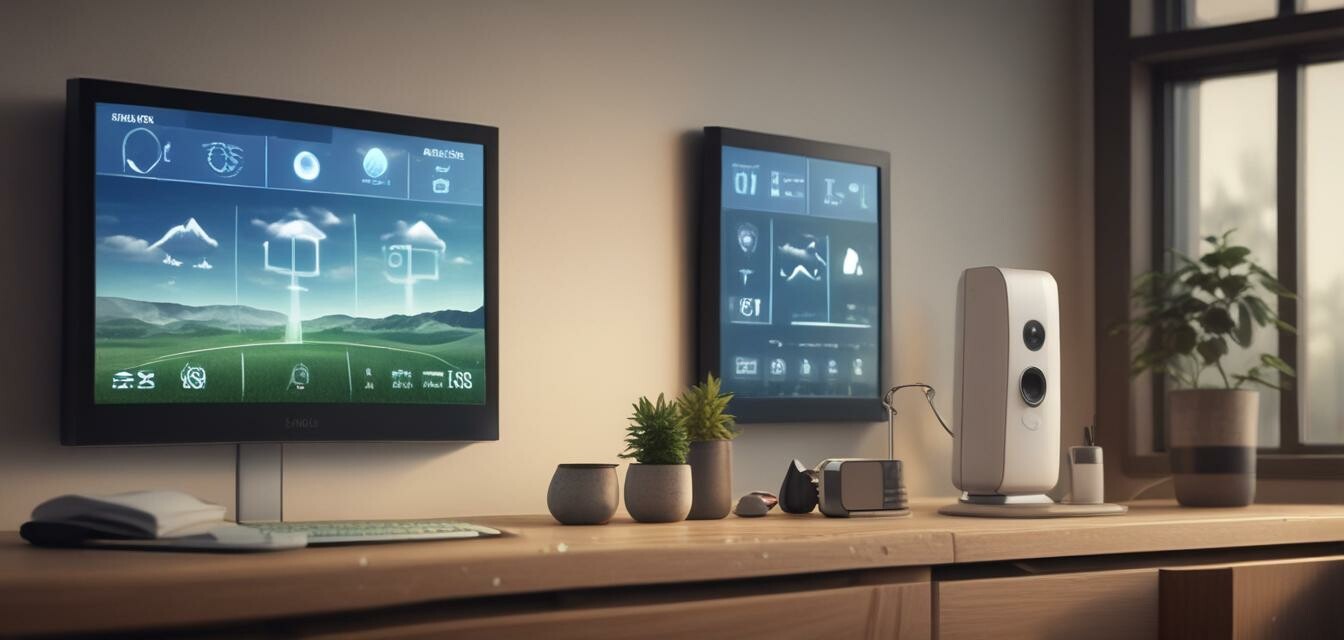
Home Automation & Integration
Key Takeaways
- Smart weather stations improve home automation by providing real-time weather data.
- Integration with smart home systems allows for automation of HVAC, irrigation, and blinds.
- Many weather stations can be accessed via mobile apps, enhancing user convenience.
- Compatibility with voice assistants offers streamlined control.
Home automation technology has transformed the way we interact with our living spaces, and weather stations play a crucial role in enhancing this integration. Understanding how to incorporate weather data into your smart home system can elevate your comfort and efficiency. In this article, we’ll explore the exciting world of integrating weather stations with smart home systems.
What is a weather station?
A weather station is a device that gathers atmospheric data, including temperature, humidity, barometric pressure, wind speed, and rainfall. With the advancement of technology, many weather stations can connect to the internet and share this data seamlessly with other smart devices in your home.
Types of weather stations
| Type | Description | Common Features |
|---|---|---|
| Wireless Weather Stations | Devices that transmit data without wires. | Data synchronization, mobile app access, real-time readings. |
| Smart Thermometers | Measure temperature and can integrate with HVAC systems. | Wi-Fi connectivity, temperature alerts, historical data tracking. |
| Rain Gauges | Specifically designed to measure rainfall levels. | Remote monitoring, rainfall history tracking. |
| Weather Cameras | Capture real-time weather conditions through images. | Time-lapse features, cloud coverage tracking. |
Benefits of integrating weather stations with smart home systems
Integrating your weather station into your smart home offers numerous benefits:
- Improved HVAC Control: Smart thermostats can adjust settings based on temperature and humidity readings, optimizing comfort and energy consumption.
- Irrigation Management: Smart sprinklers can use rainfall data to adjust watering schedules, conserving water.
- Automated Blinds: Blinds can adjust based on sunlight intensity and outdoor temperature, providing comfort and energy efficiency.
How to integrate your weather station
Here's a step-by-step process on how to integrate your weather station into your smart home system:
- Choose a compatible weather station that supports smart home integration.
- Connect the weather station to your home Wi-Fi network.
- Download the corresponding mobile app for your weather station.
- Sync the weather station with your smart home hub (e.g., Google Home, Amazon Alexa).
- Set up automation routines based on weather conditions, such as adjusting heating or irrigation when needed.
Popular smart home systems for integration
Several smart home systems support weather station integration:
Challenges of integration
While integrating weather stations with smart systems is beneficial, it does come with a few challenges:
- Different weather stations may use different communication protocols.
- Software updates could cause temporary incompatibility issues.
- Some features may require additional hubs or subscriptions.
Pros
- Real-time weather data helps keep your home comfortable.
- Automation reduces energy costs throughout the year.
- Convenient control through mobile apps and voice assistants.
Cons
- Initial setup can be complicated for some users.
- Compatibility issues may arise with older devices.
- Subscription fees for advanced features may apply.
Exploring future trends in weather station technology
As technology continues to evolve, the integration between weather stations and smart home systems is likely to become even more sophisticated. Here are some upcoming trends you can expect:
- Increased AI capabilities to predict weather patterns.
- Advanced sensors for more precise readings.
- Enhanced user interfaces for simplified control.
Conclusion
Integrating weather stations with smart home systems can optimize home comfort and energy efficiency. By choosing compatible devices and setting up automation routines, you can create a tech-savvy living space that reacts to ever-changing weather conditions. Explore the possibilities at WeatherWifi and enhance your home’s capabilities.
